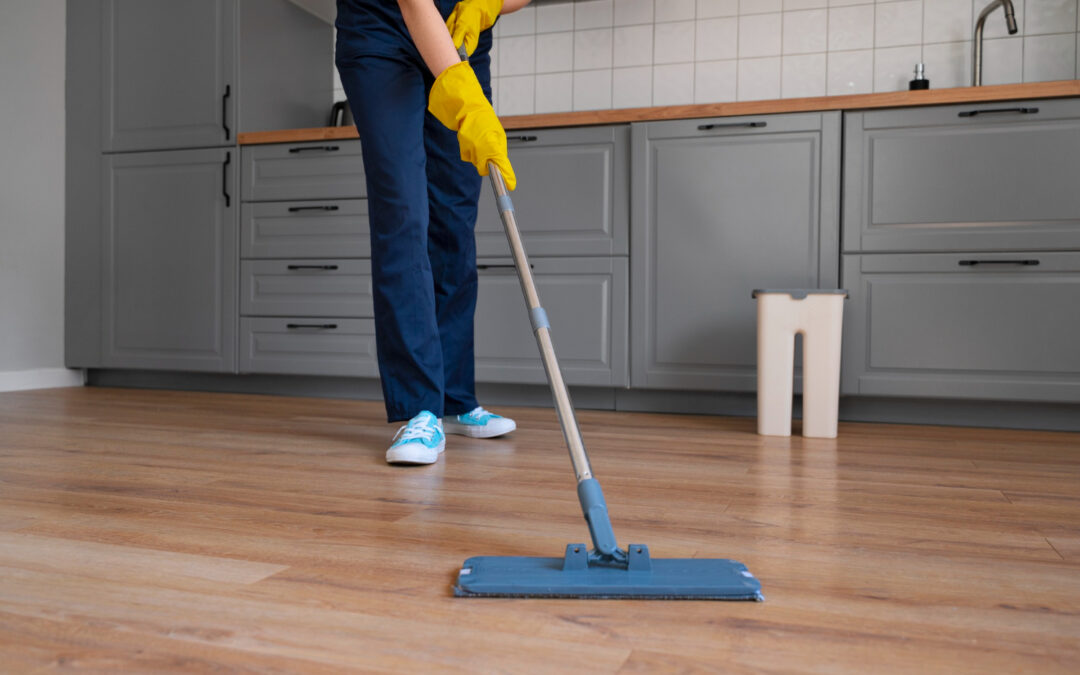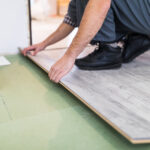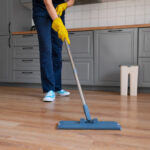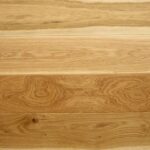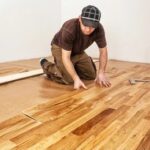Hardwood flooring adds warmth, elegance, and timeless value to your home. Whether you’ve invested in solid hardwood flooring or engineered hardwood flooring, proper care and maintenance are key to keeping your floors looking beautiful for years to come. While hardwood floor installation is a smart long-term investment, it’s the regular upkeep that truly protects your investment.
Let’s explore practical tips for maintaining and caring for your hardwood floors, from cleaning routines to damage prevention and refinishing techniques.
1. Sweep or Vacuum Regularly
Over time, dirt, dust, and other tiny particles can erode the polish of your hardwood floors by acting like sandpaper. Particles should be removed at least twice a week using a soft-bristled broom or a Hoover attachment designed for hardwood floors. Steer clear of vacuums with revolving brushes, as they may cause scratches on your floors.
2. Clean Up Spills Immediately
The worst enemy of both solid and engineered hardwood floors is dampness. Despite being more resistant to moisture, standing water can still cause warping or discolouration. Spills should be cleaned up immediately with a dry, soft cloth. To prevent moisture from forming sticky messes, start with a damp towel and finish with a dry one.
3. Use the Right Cleaning Products
Steer clear of all-purpose cleansers and aggressive chemicals that might harm the wood finish. Choose a cleaner made especially for hardwood floors instead. For both engineered and solid hardwood floors, a large number of commercial products are safe. To make sure it works, test any new cleaner on a tiny area first.
4. Protect High-Traffic Areas
To minimize direct wear on your hardwood floors, consider using area rugs or runners in hallways, foyers, and other high-traffic areas. This adds an extra layer of design to your area while maintaining its polish. Just ensure the rug’s backing is non-abrasive and non-slip to prevent damage to the floor.
5. Pad Your Furniture
Moving furniture legs without protection might result in damage and scrapes. To lessen this danger, place felt pads or floor protectors beneath every piece of furniture. Never drag large objects across hardwood floors; always lift them instead.
6. Manage Humidity Levels
Temperature and humidity changes cause wood to naturally expand and contract. To prevent your solid hardwood flooring from buckling or gapping, keep the humidity level within your home between 35% and 55%. Using a humidifier in the winter and a dehumidifier in the summer will help you control the indoor environment.
7. Refinish When Needed
Even well-maintained hardwood floors may eventually show signs of wear. Fortunately, solid hardwood floors can be repeatedly sanded and refinished to restore their original lustre. The thickness of the top layer determines how many times engineered hardwood flooring may be refinished. Refinishing is an affordable alternative to replacing your flooring entirely.
8. Professional Maintenance Counts
Consider scheduling a professional inspection every few years. Experts can identify minor issues—like small scratches, loose boards, or subtle water damage—before they become major problems. This is especially important after hardwood floor installation, as it ensures long-term structural integrity.
Looking to upgrade, refinish, or install new hardwood floors?
At Milton Hardwood, we specialize in premium hardwood floor installation, durable engineered hardwood flooring, and timeless solid hardwood flooring options. We are committed to exceptional customer service and providing affordable options without compromising quality. Contact us today for personalized flooring solutions!

